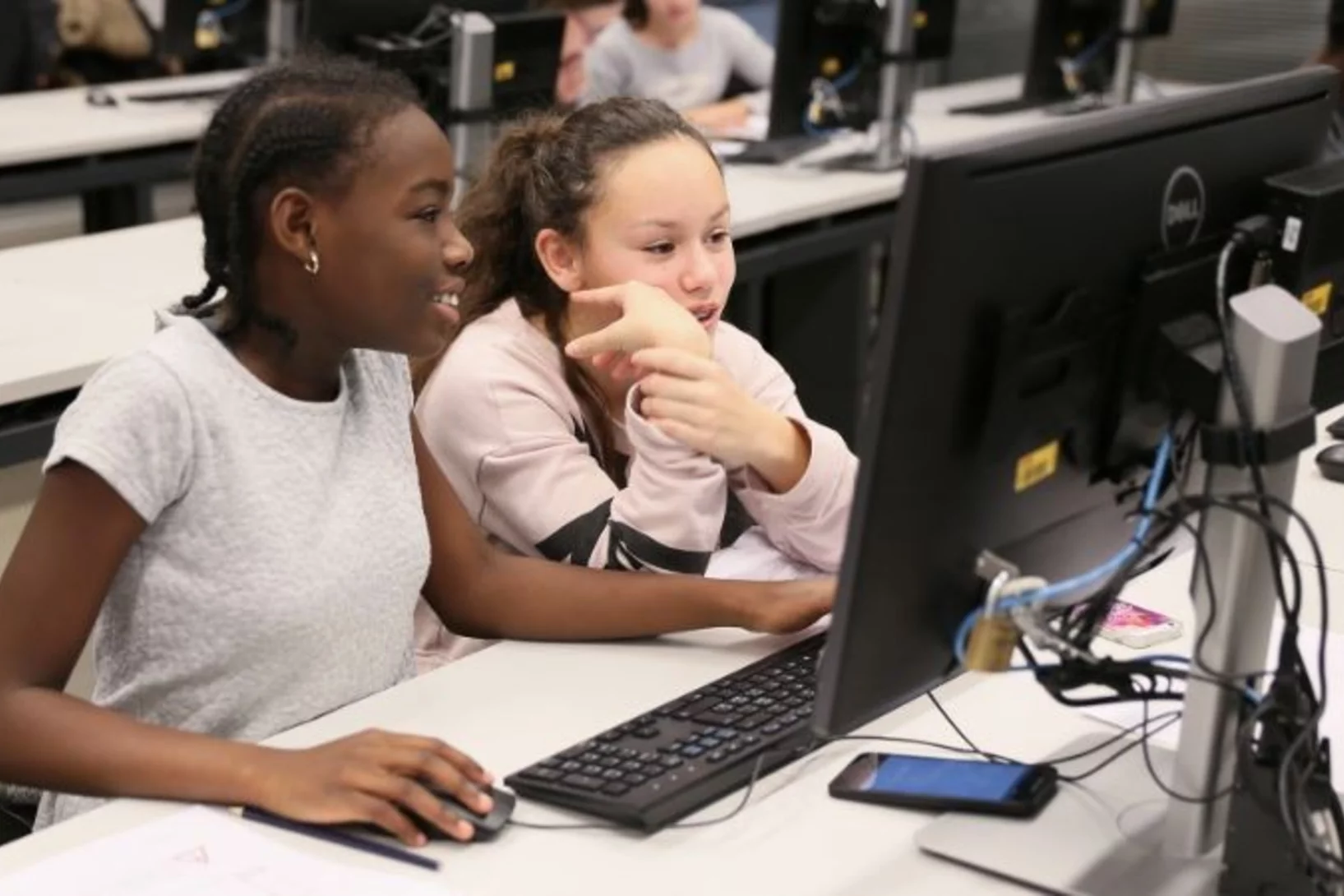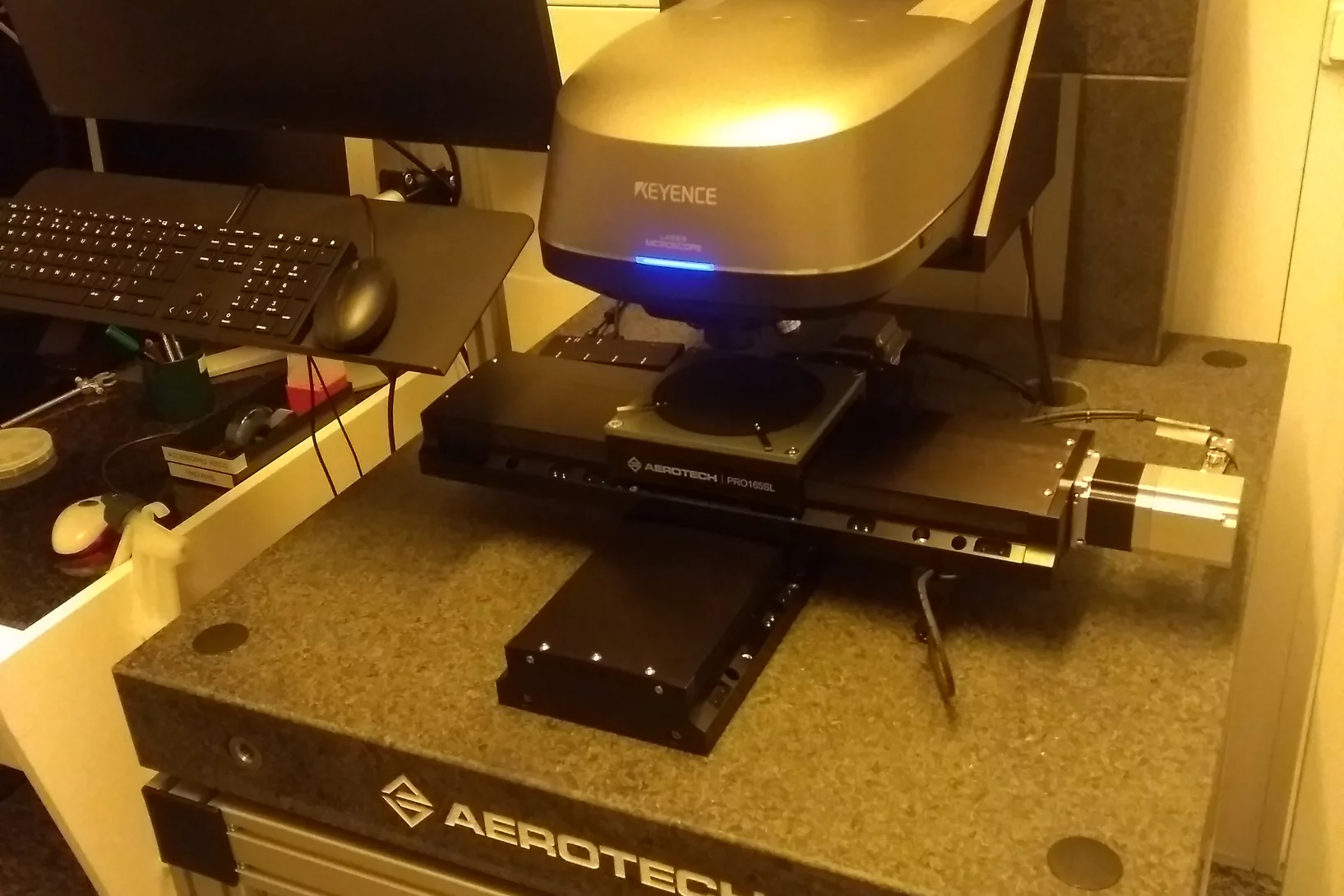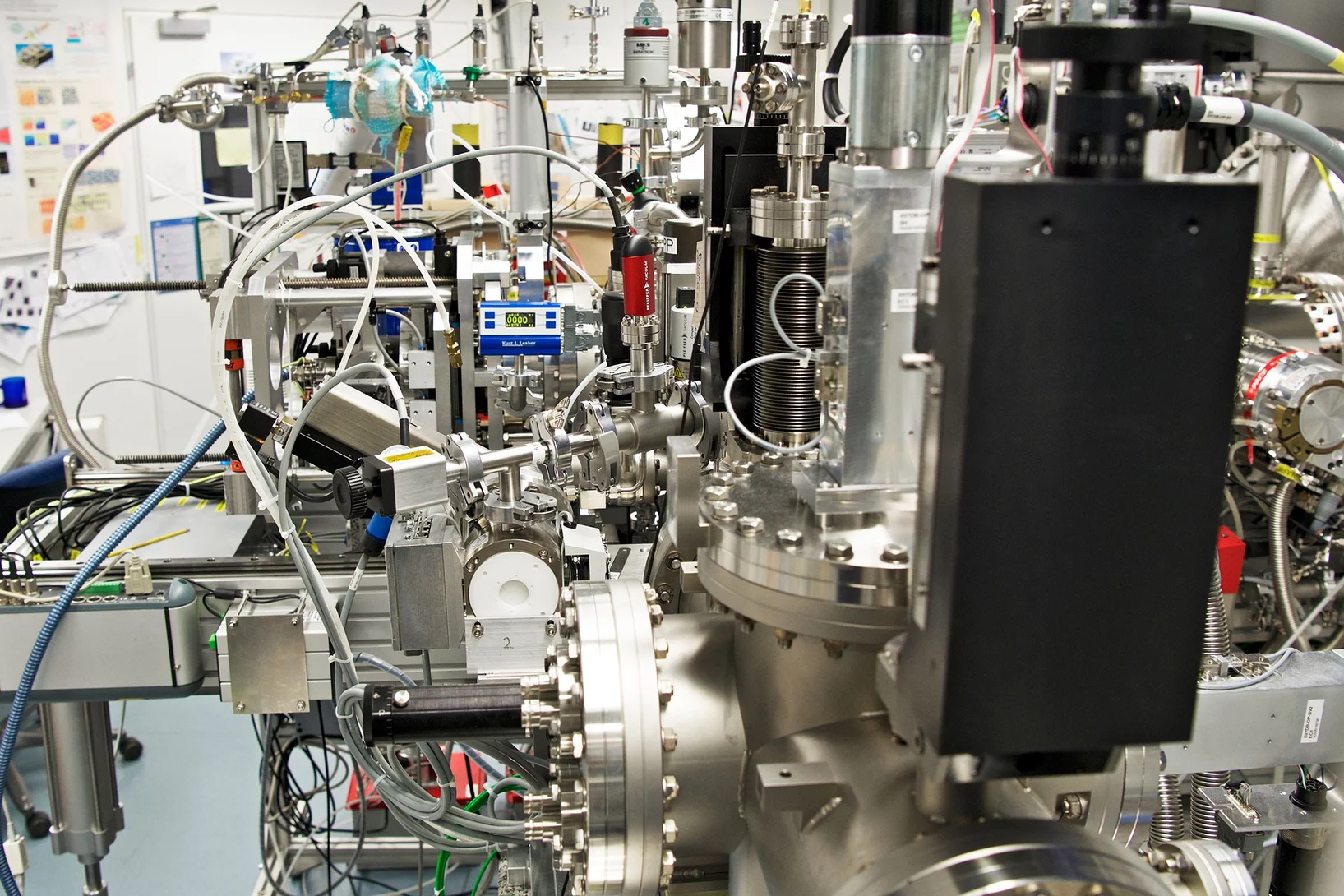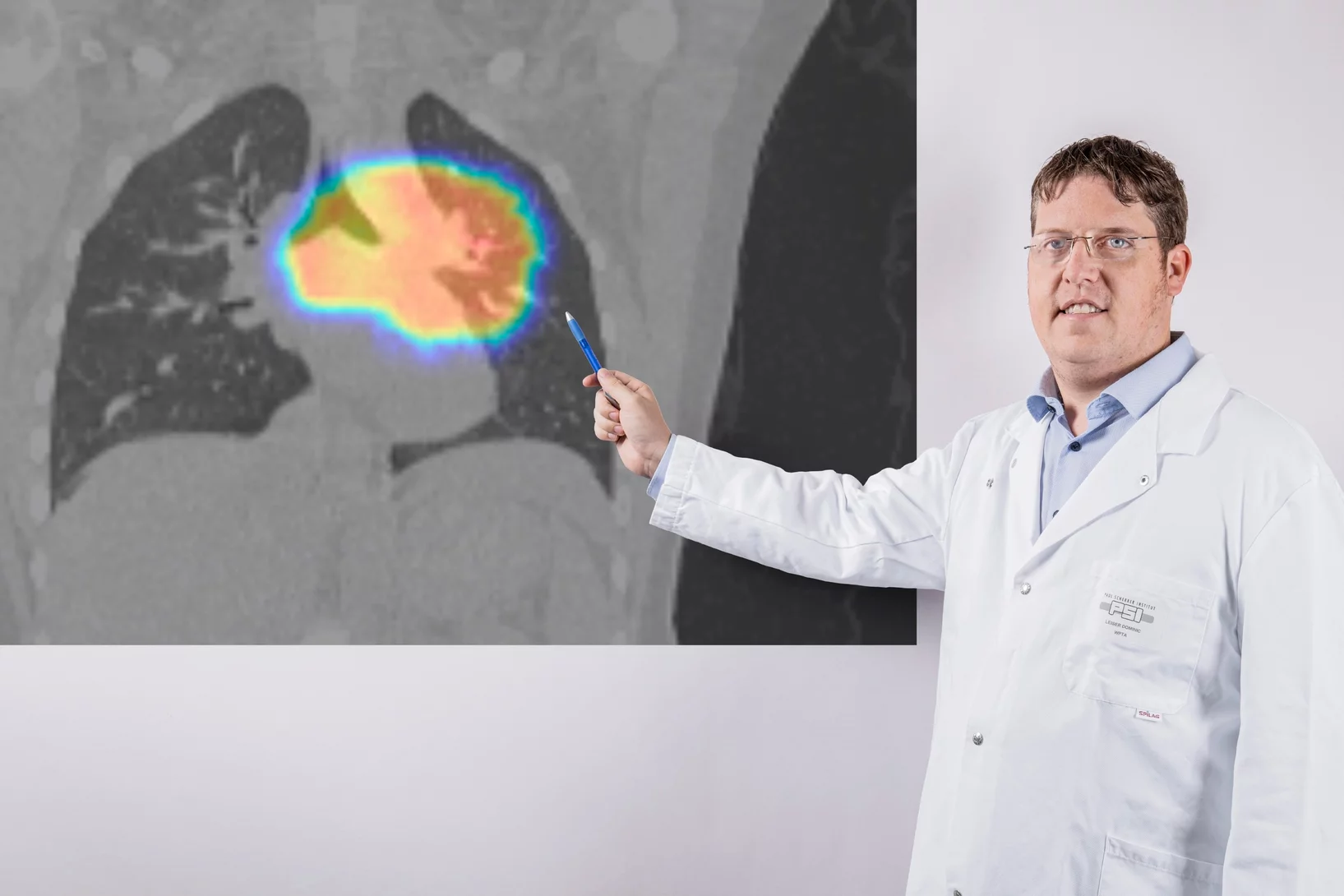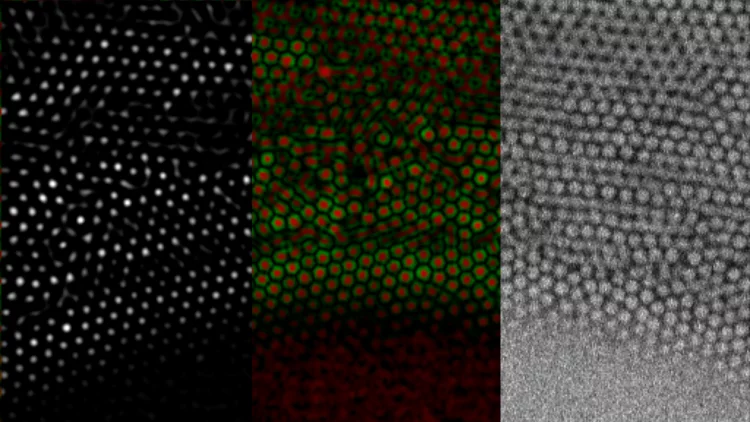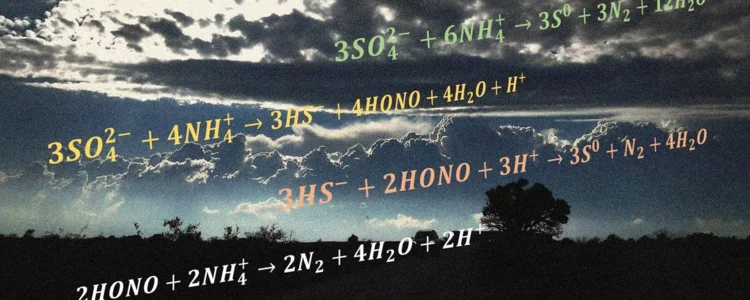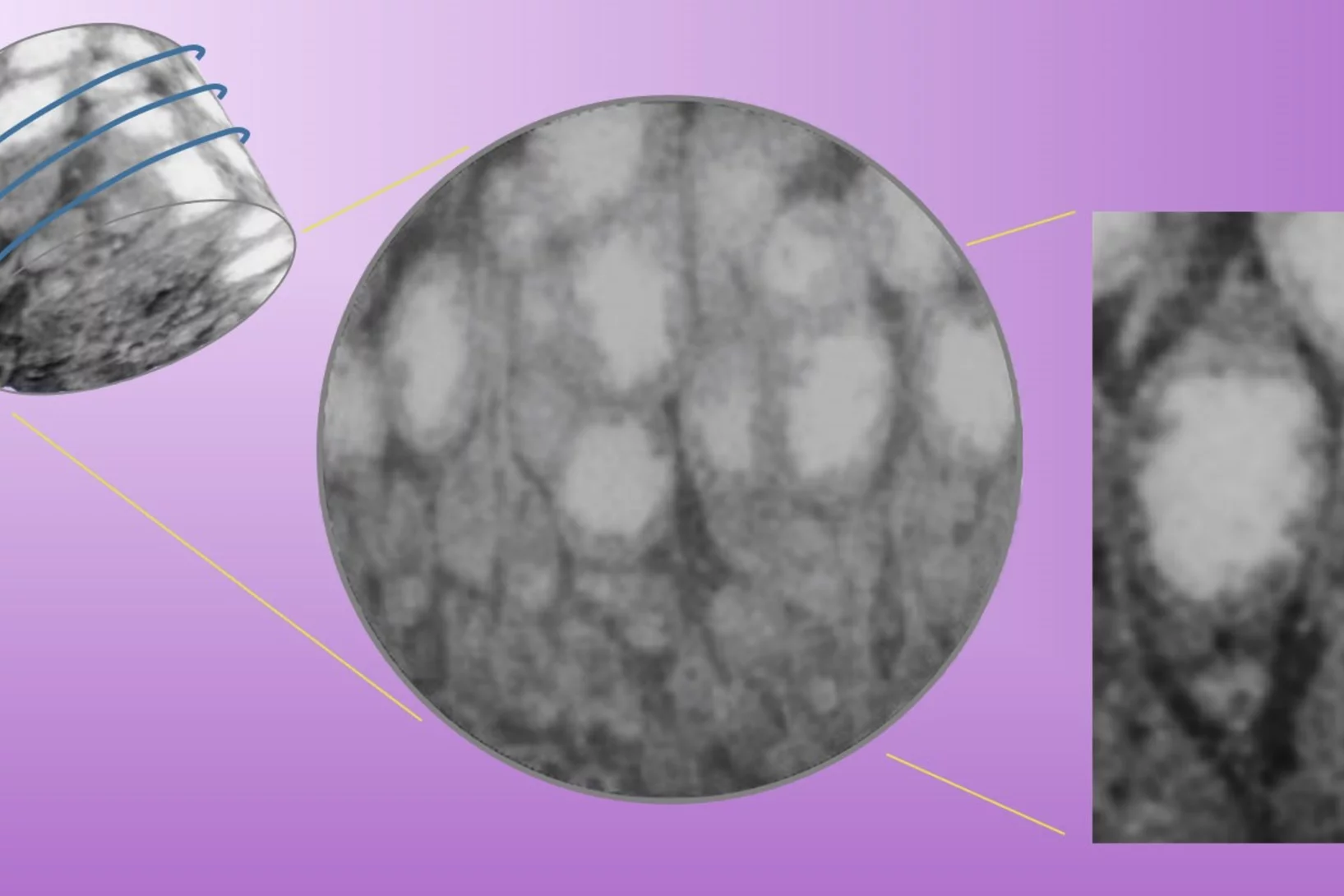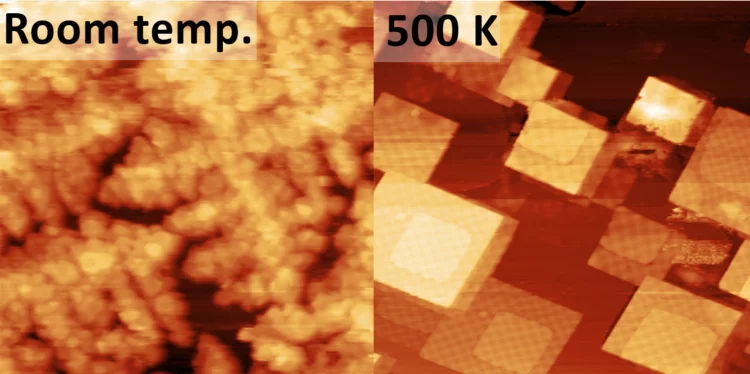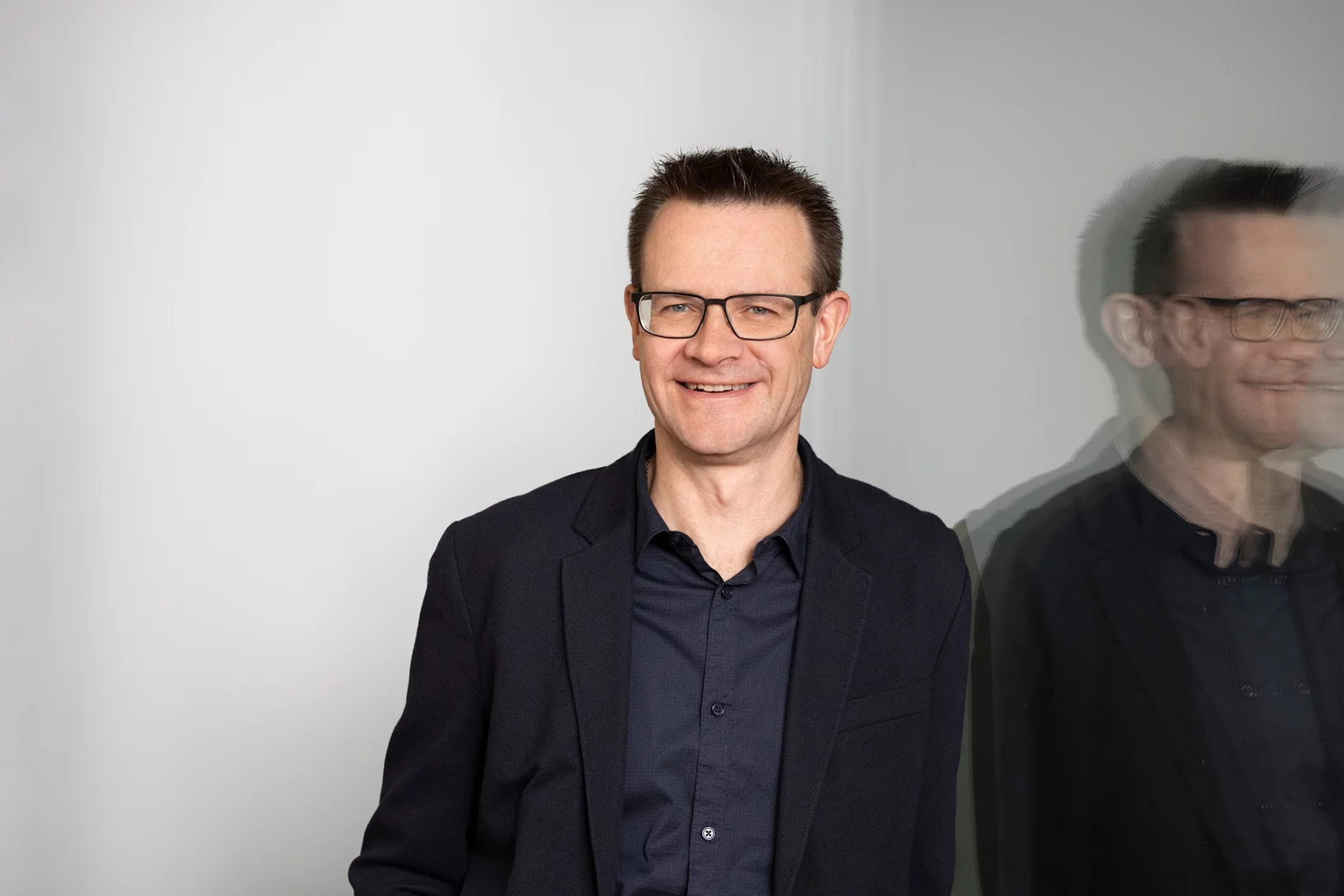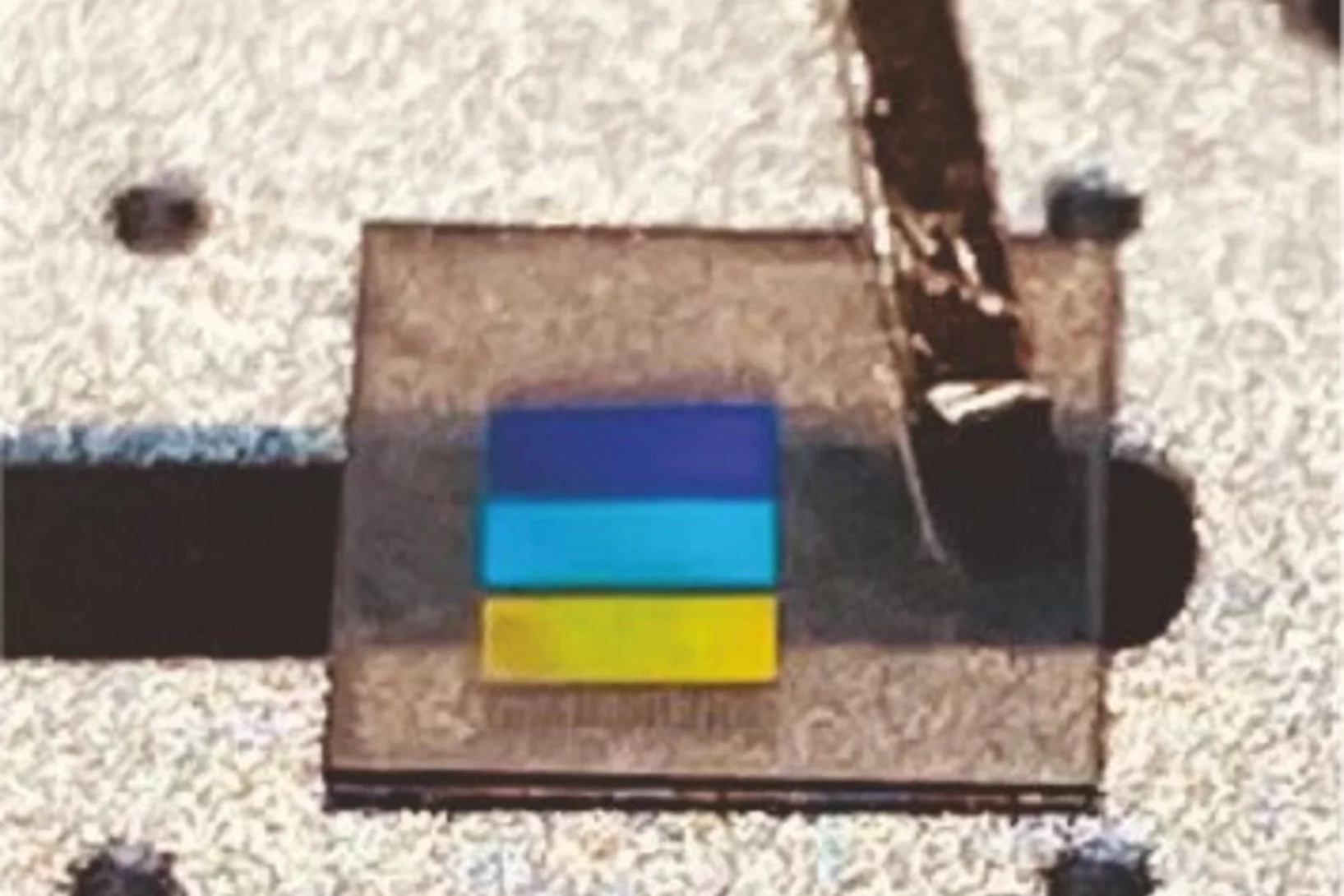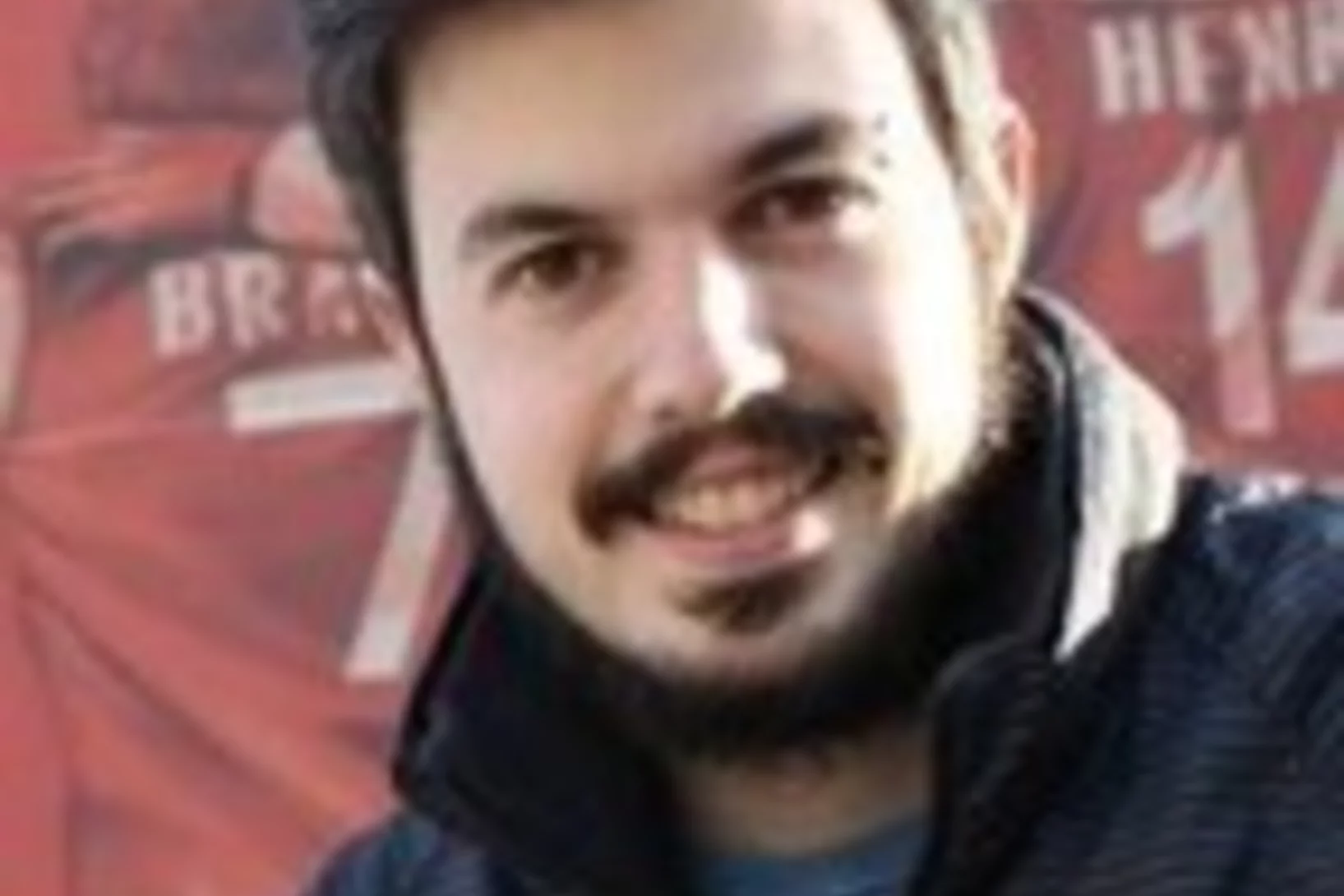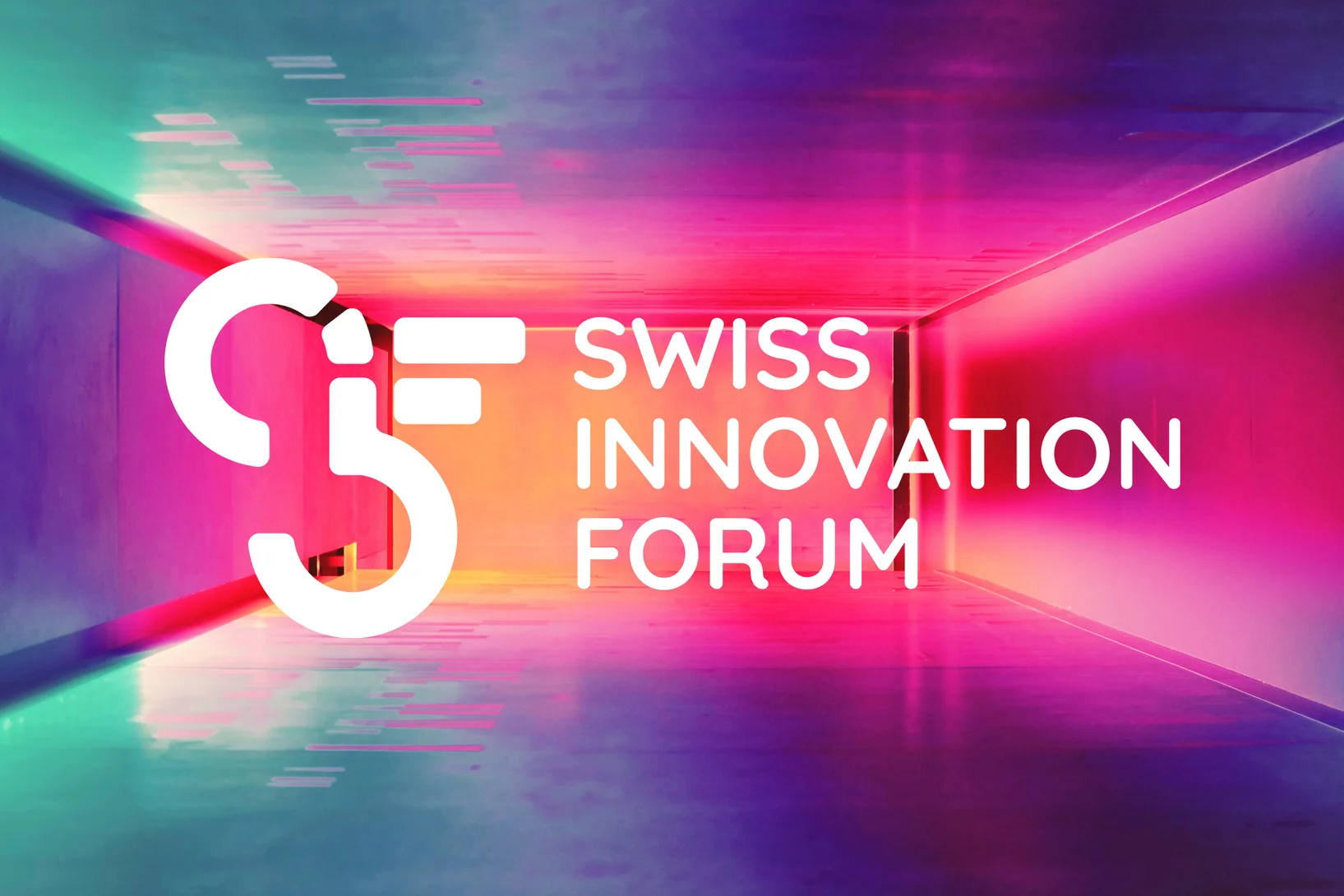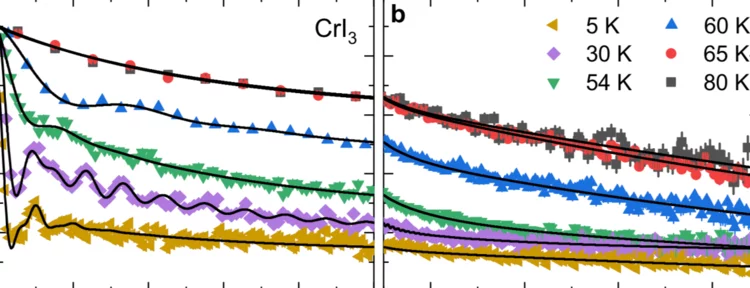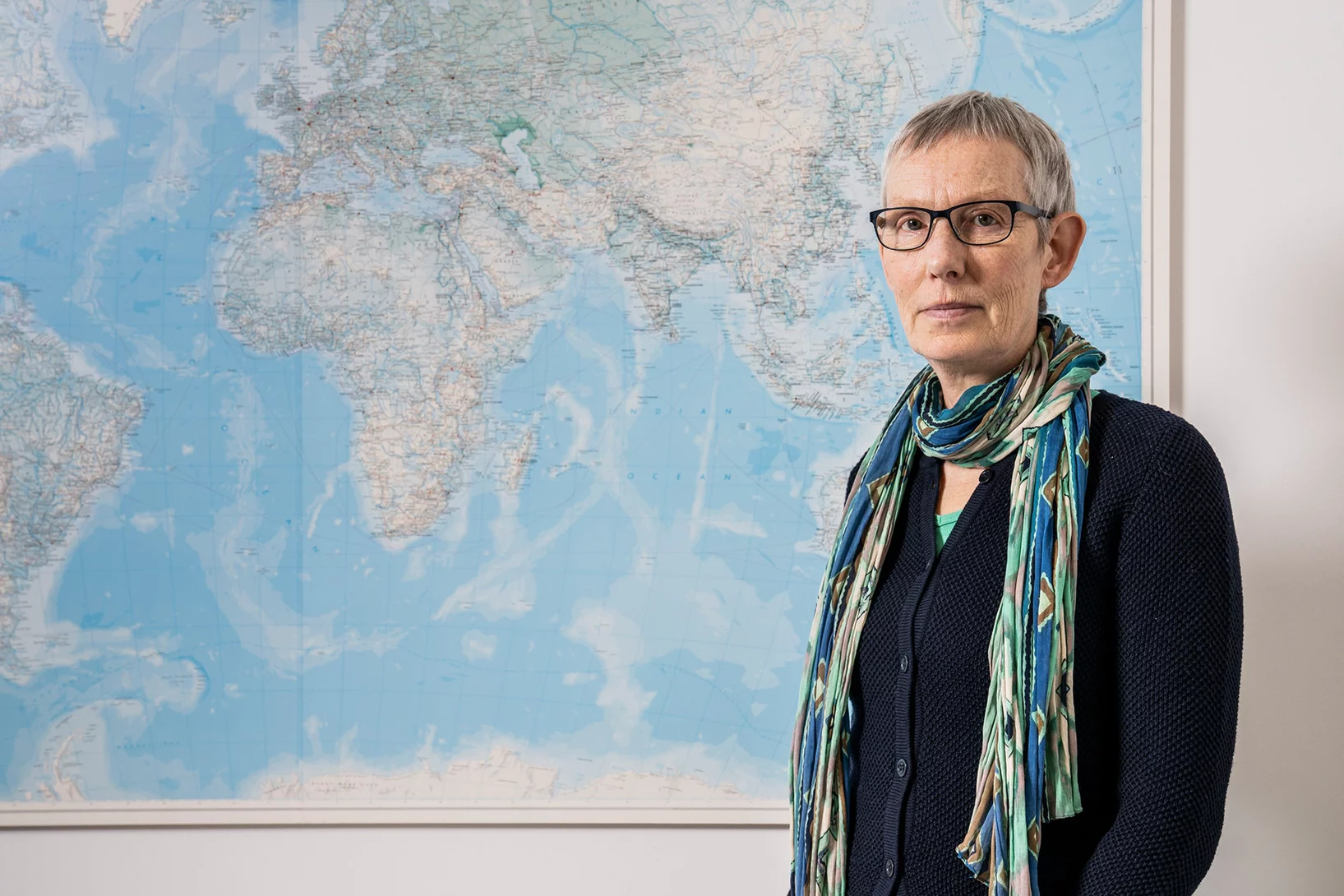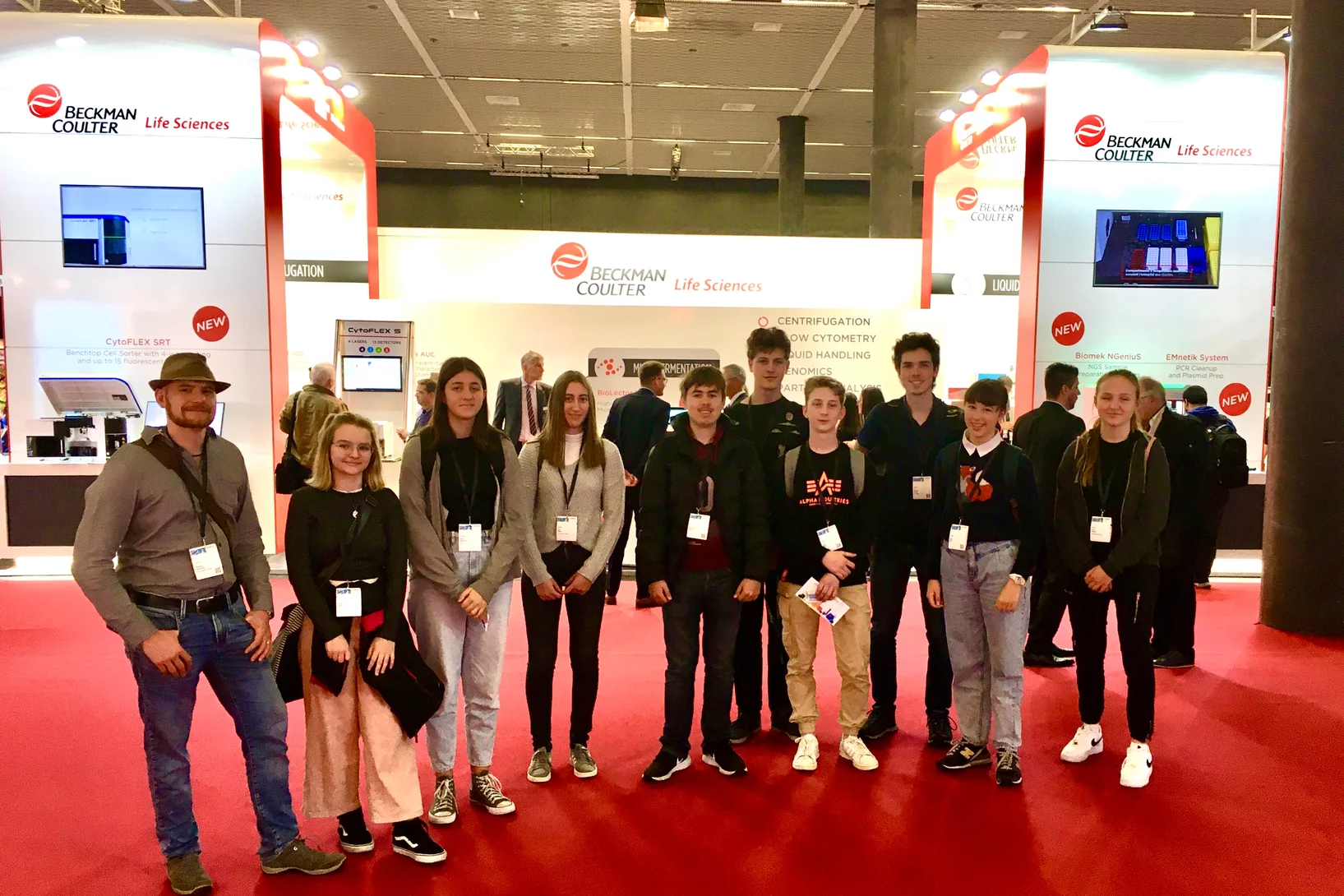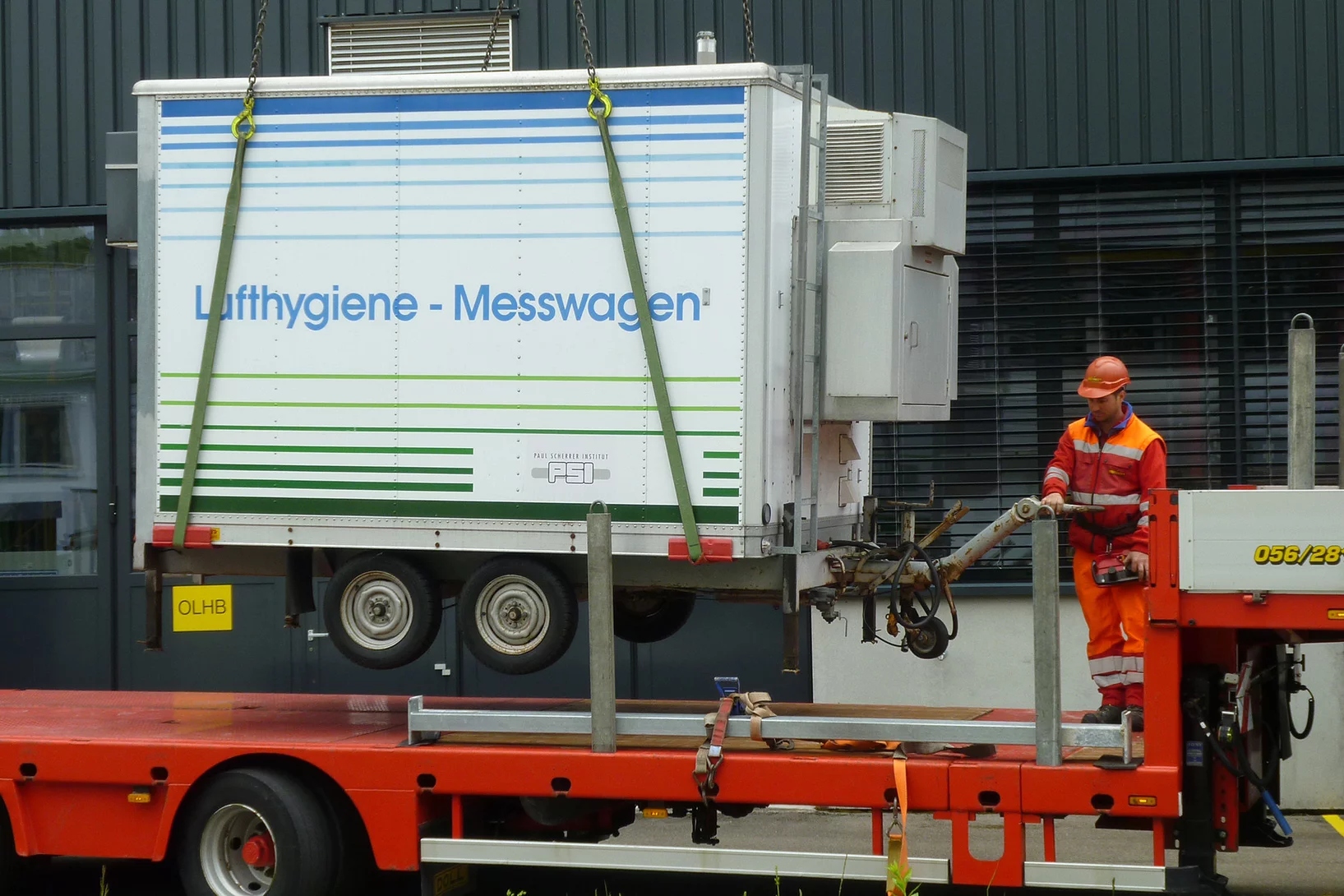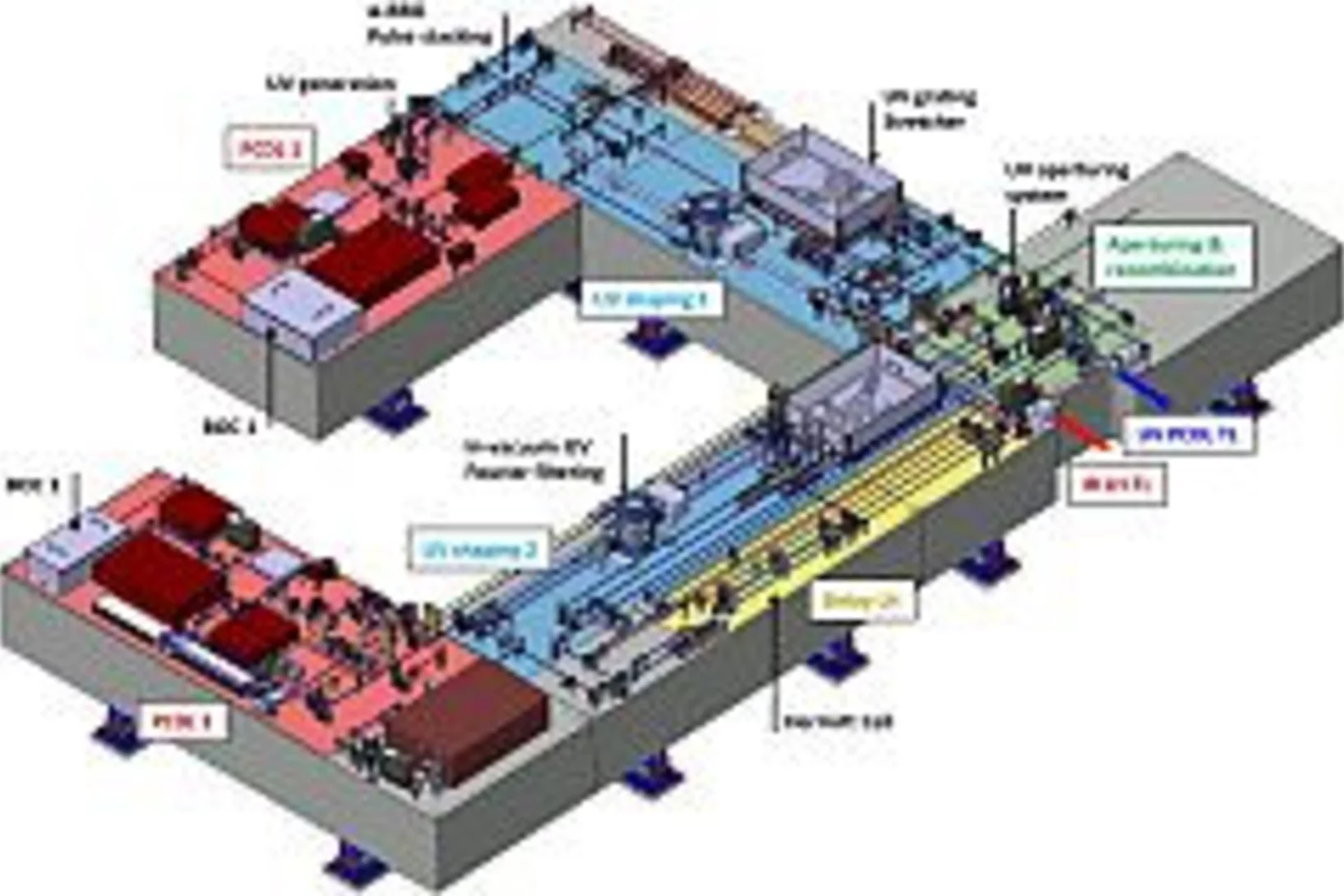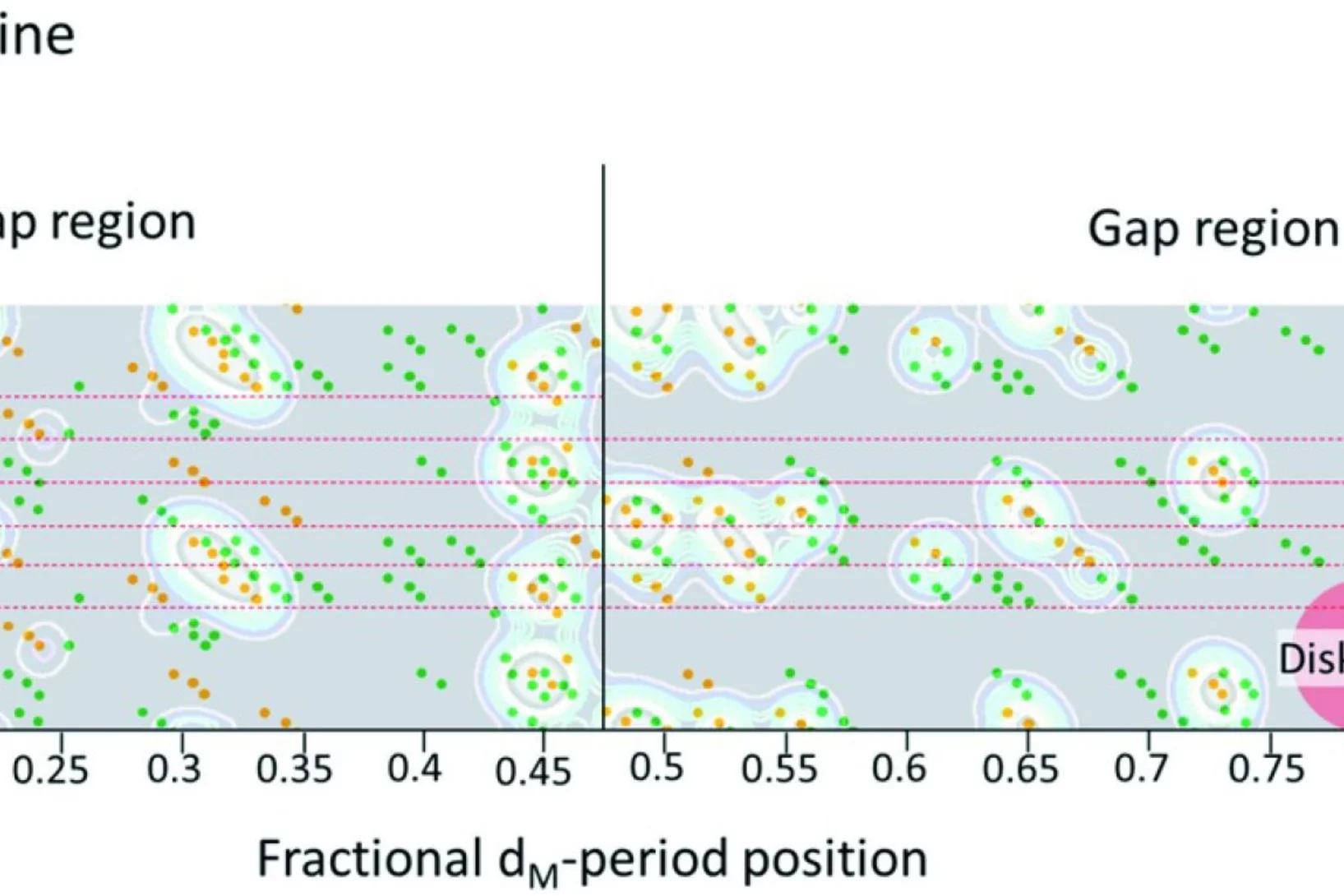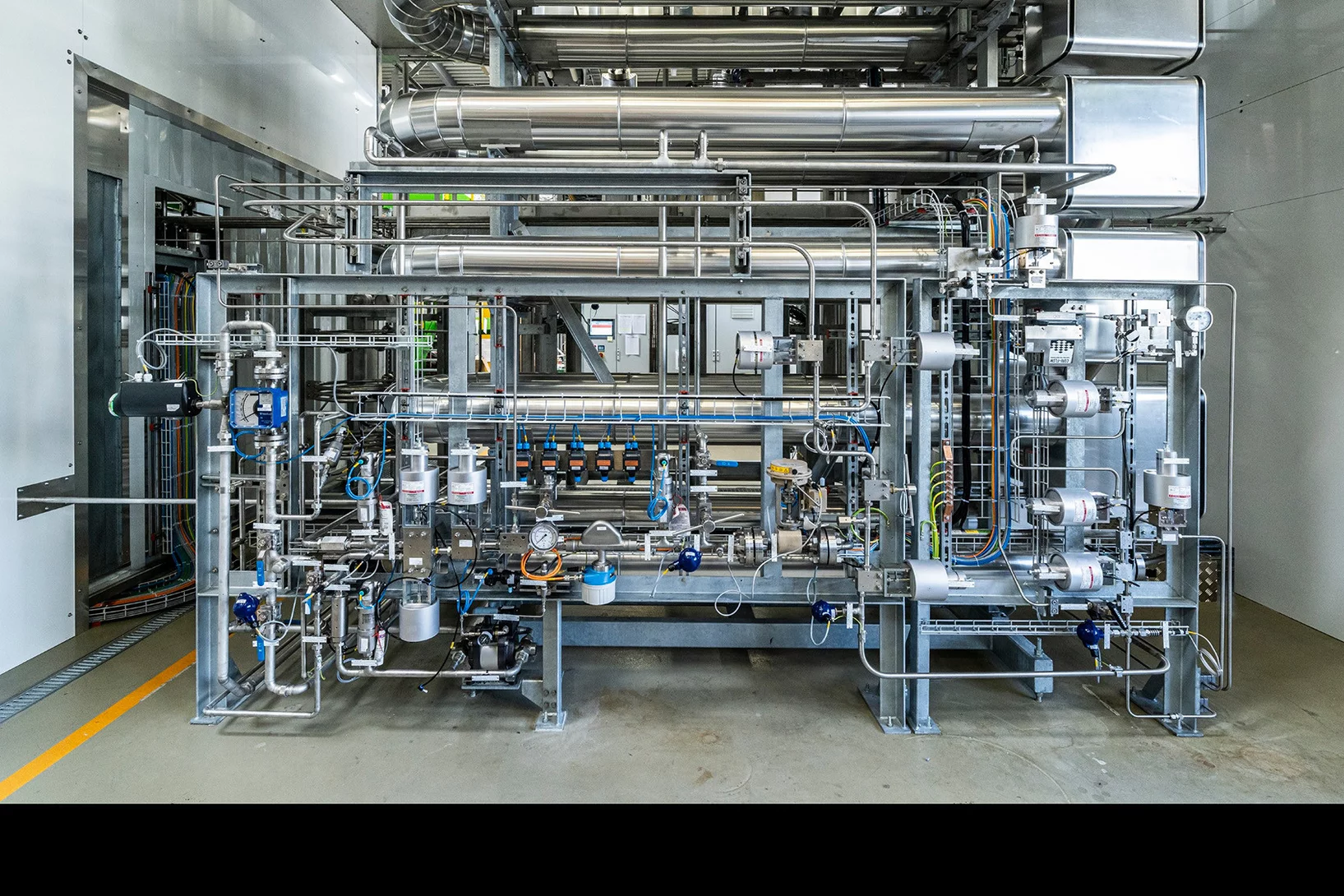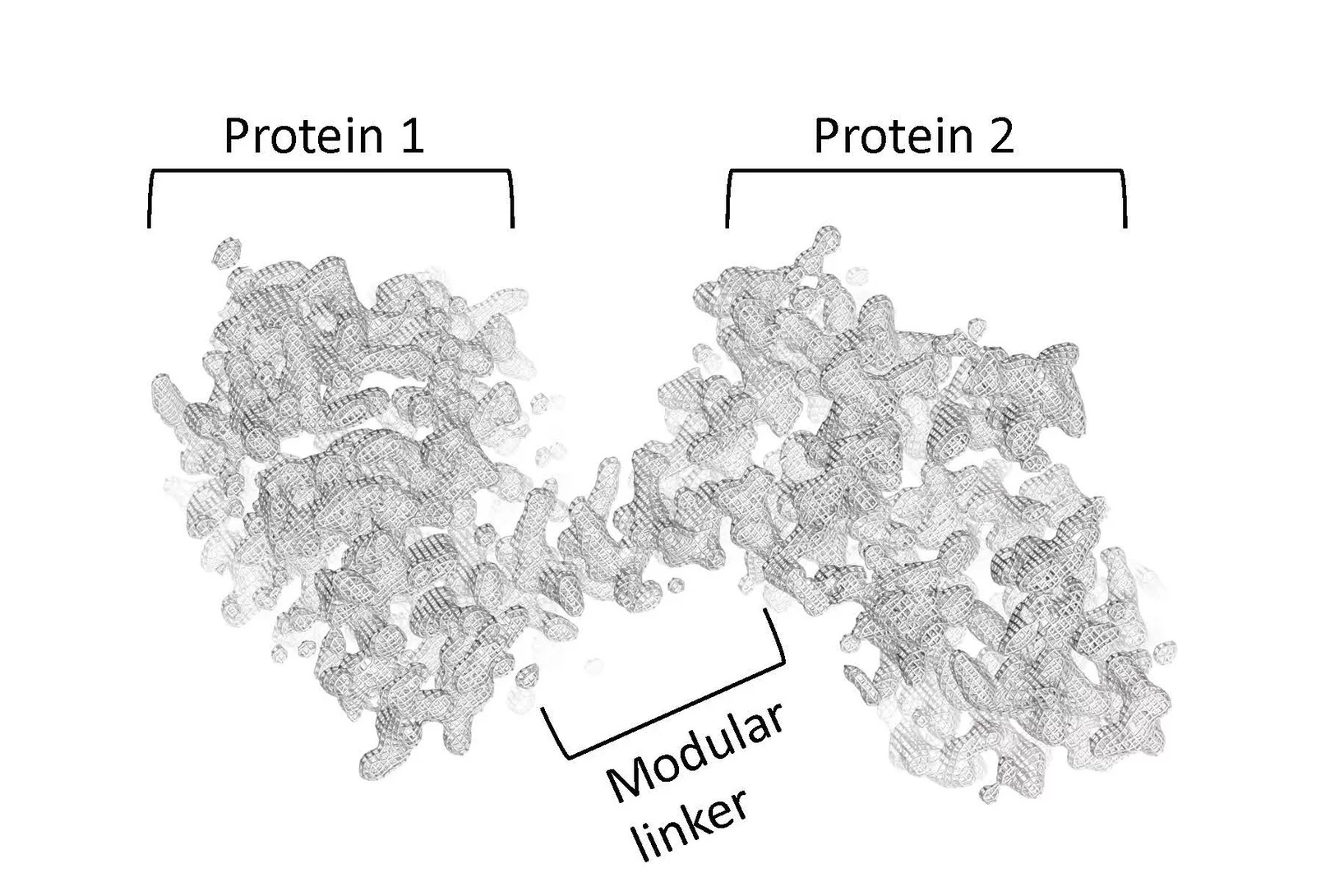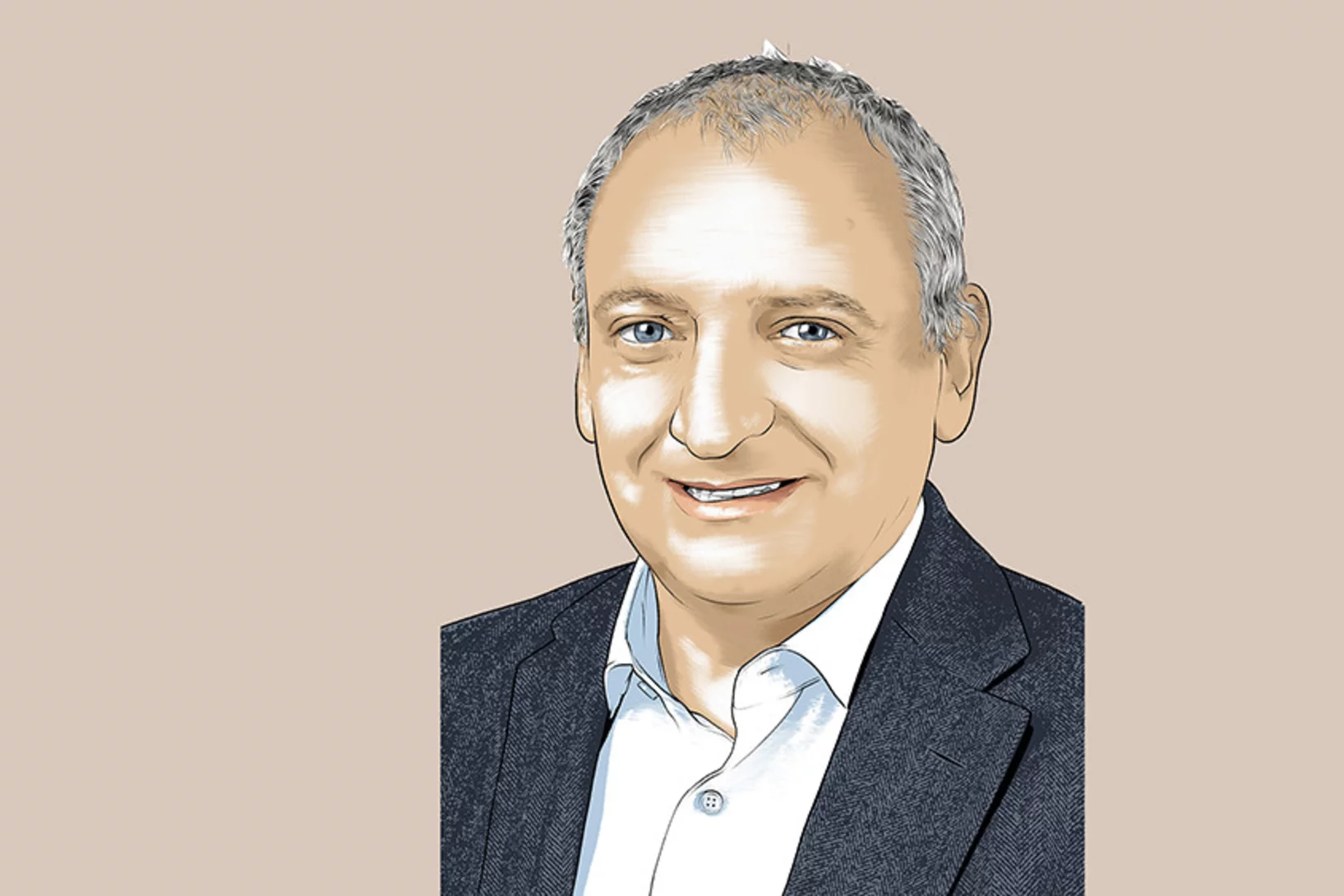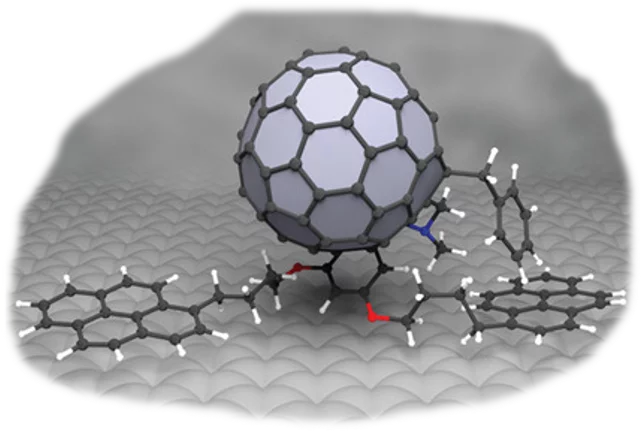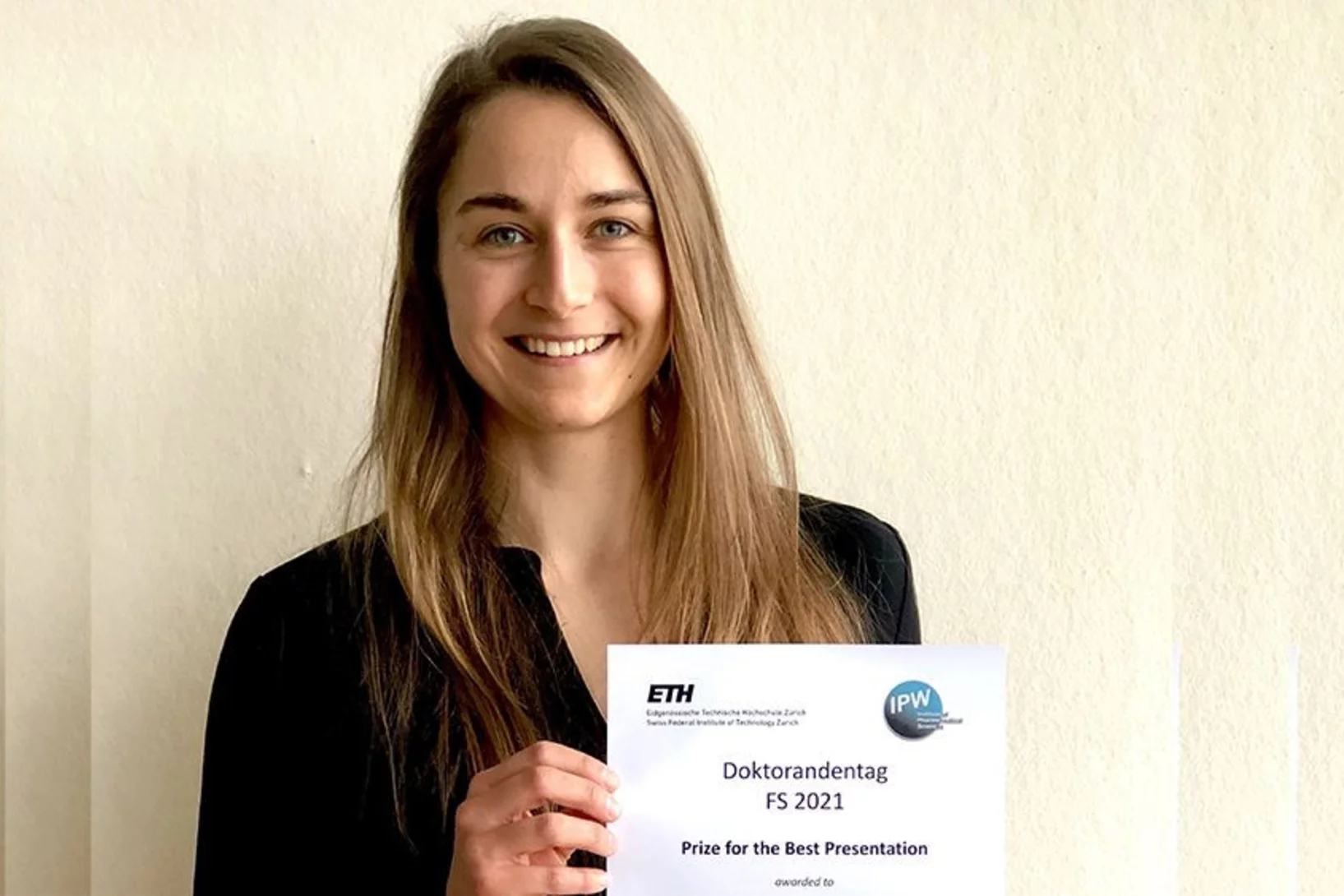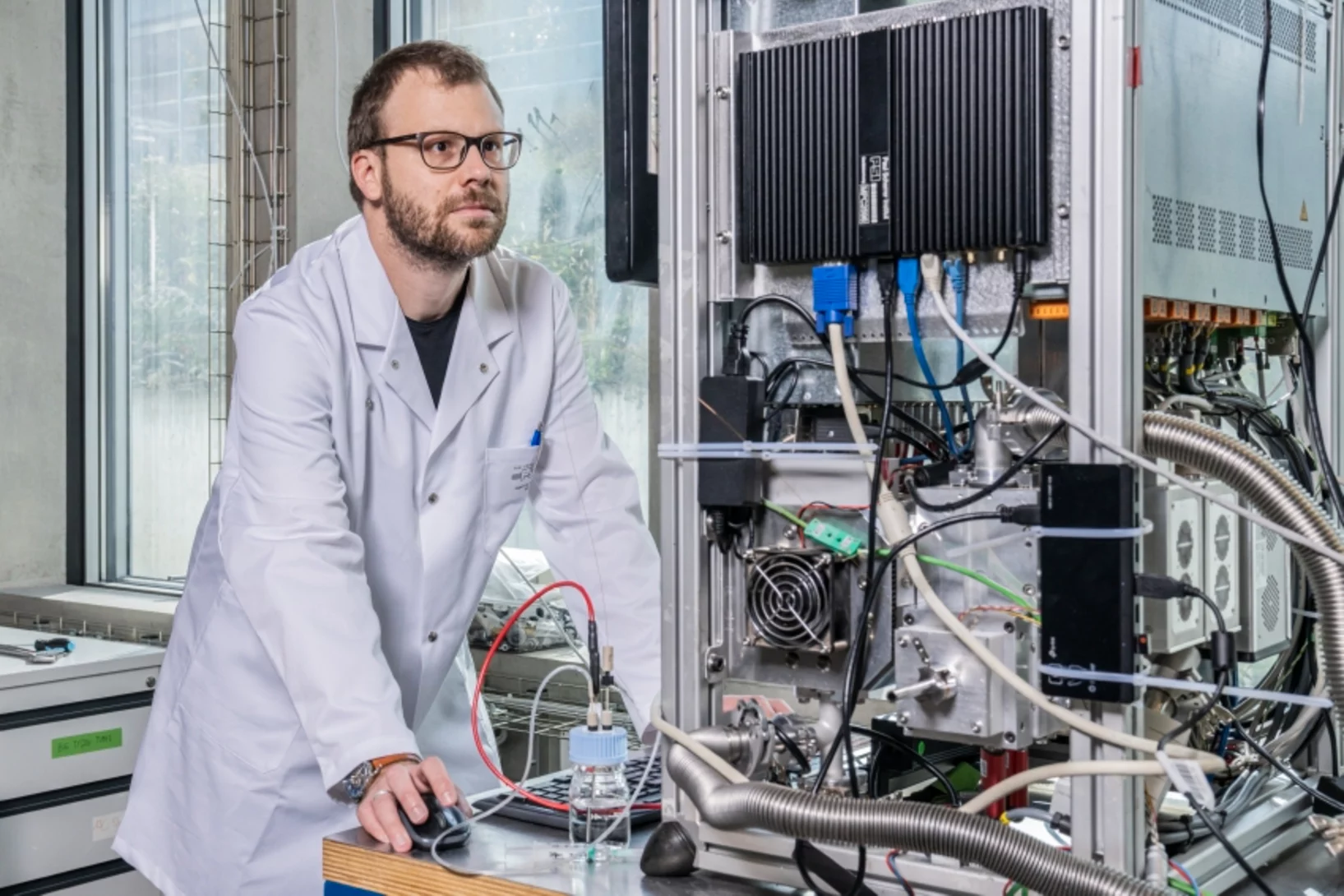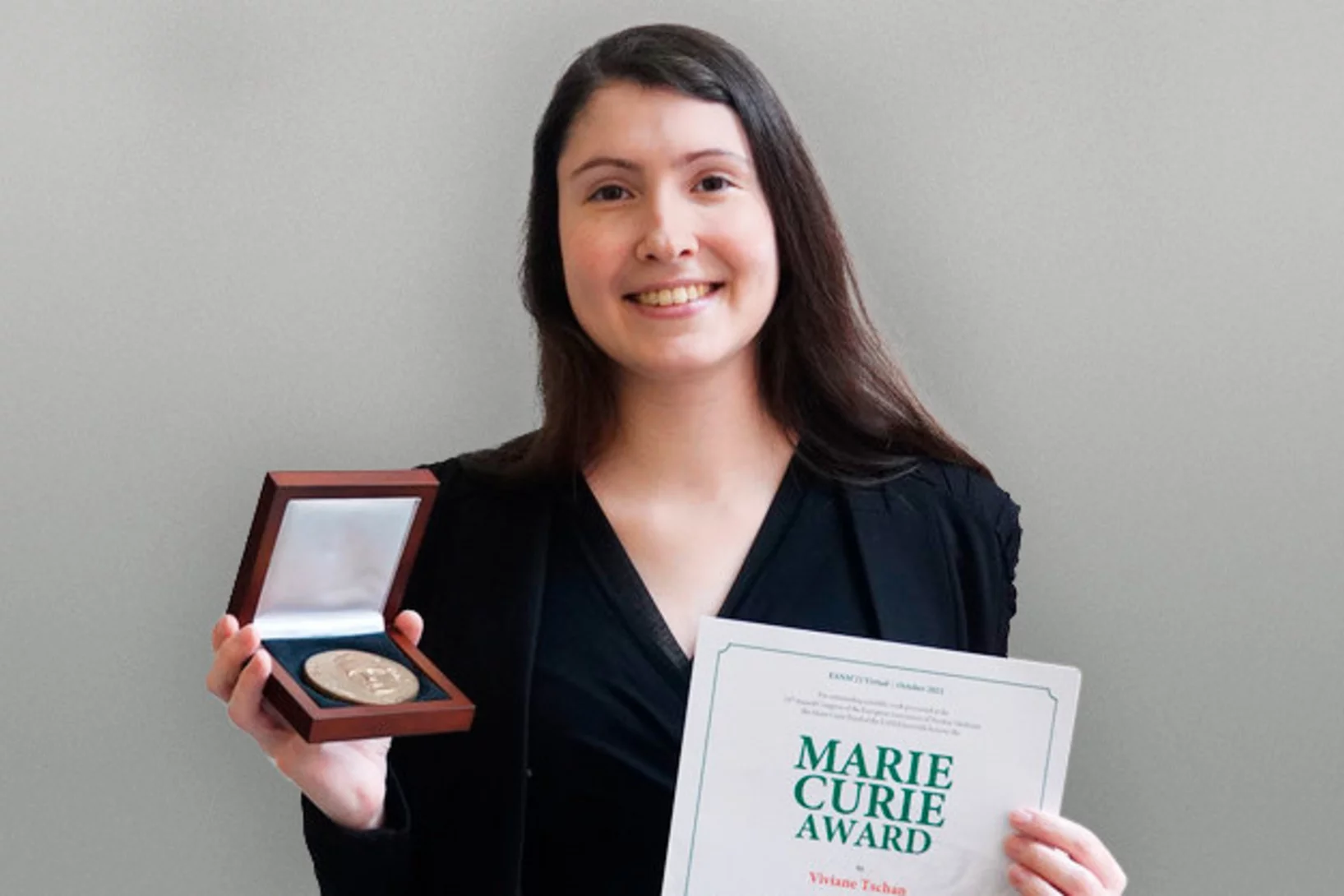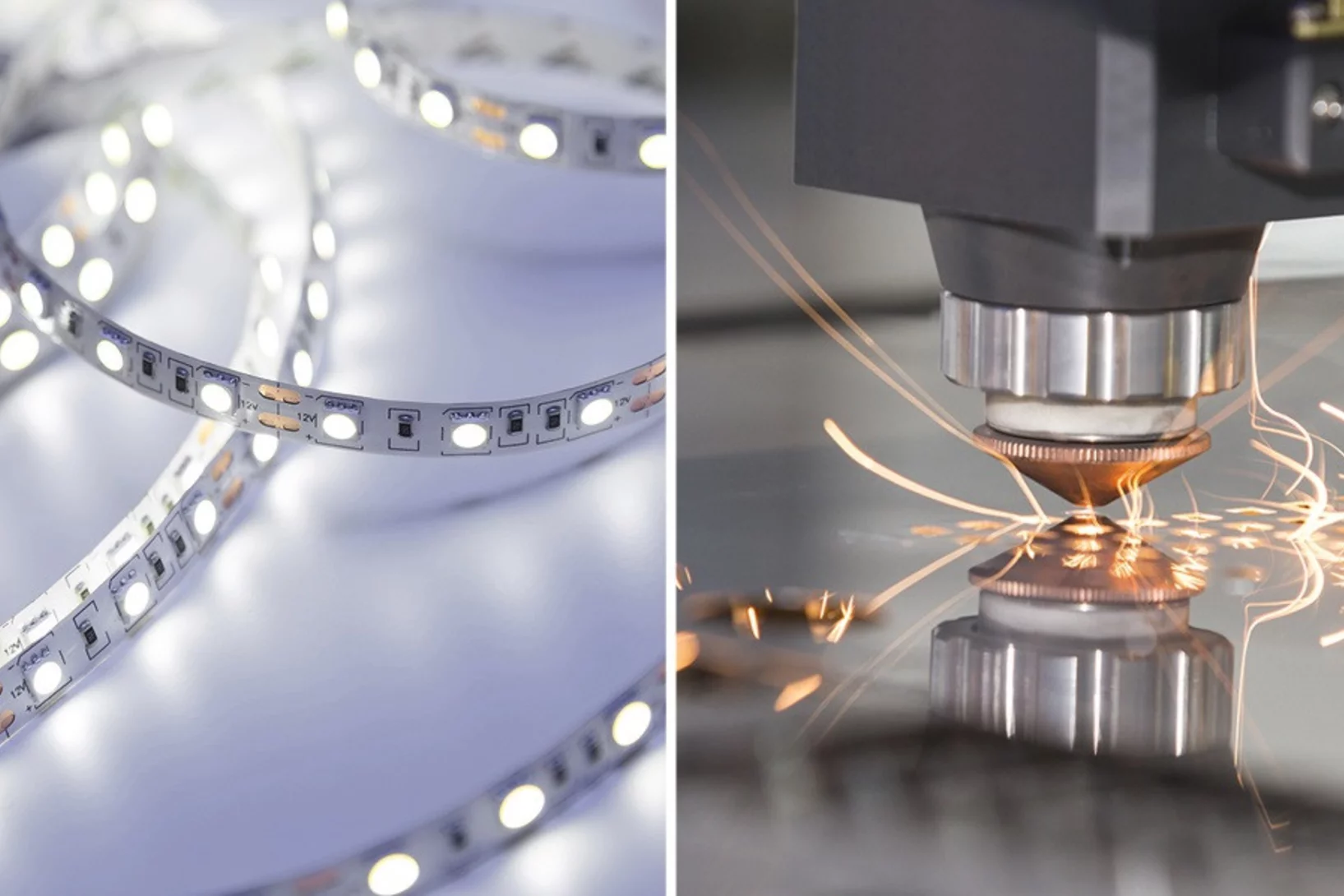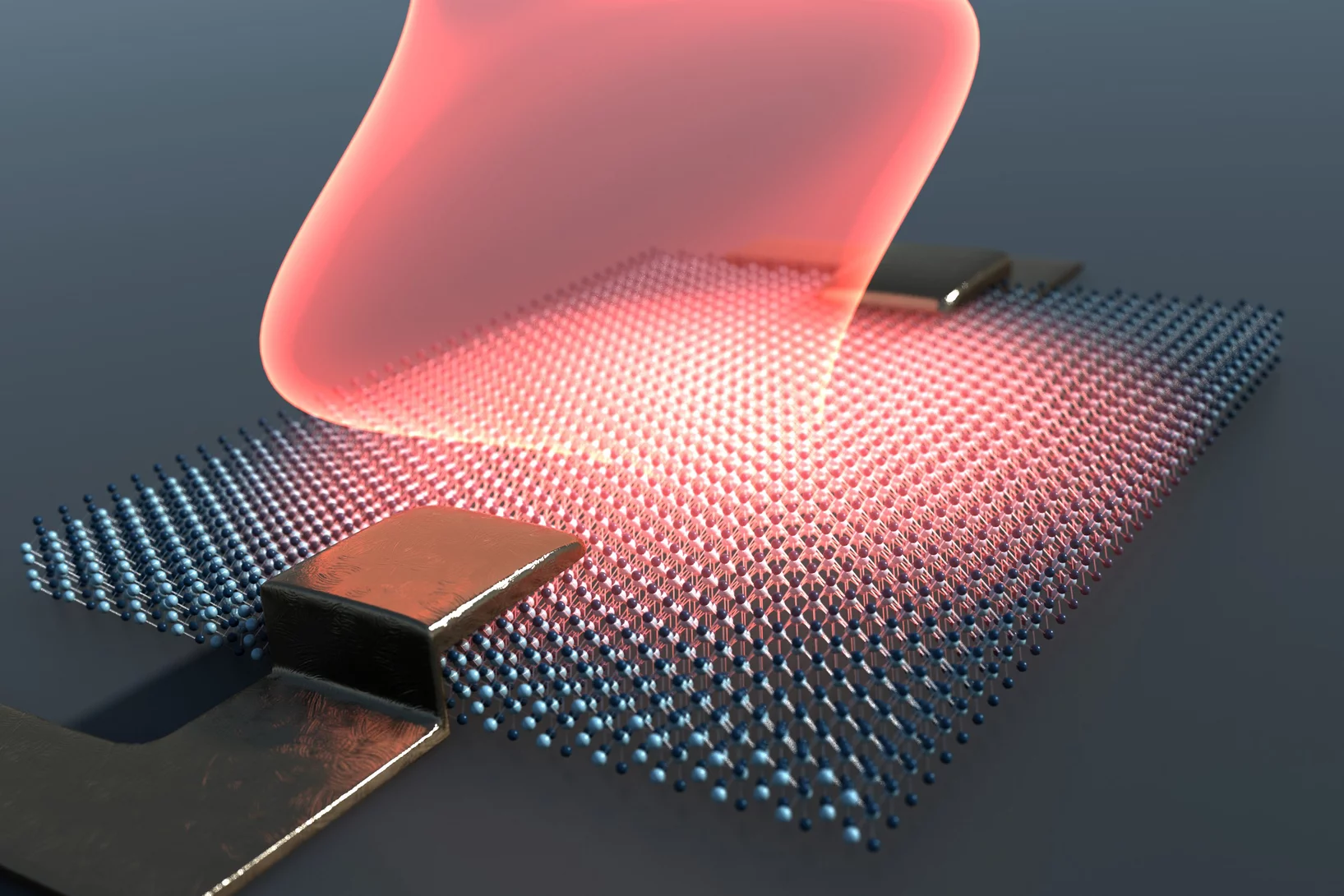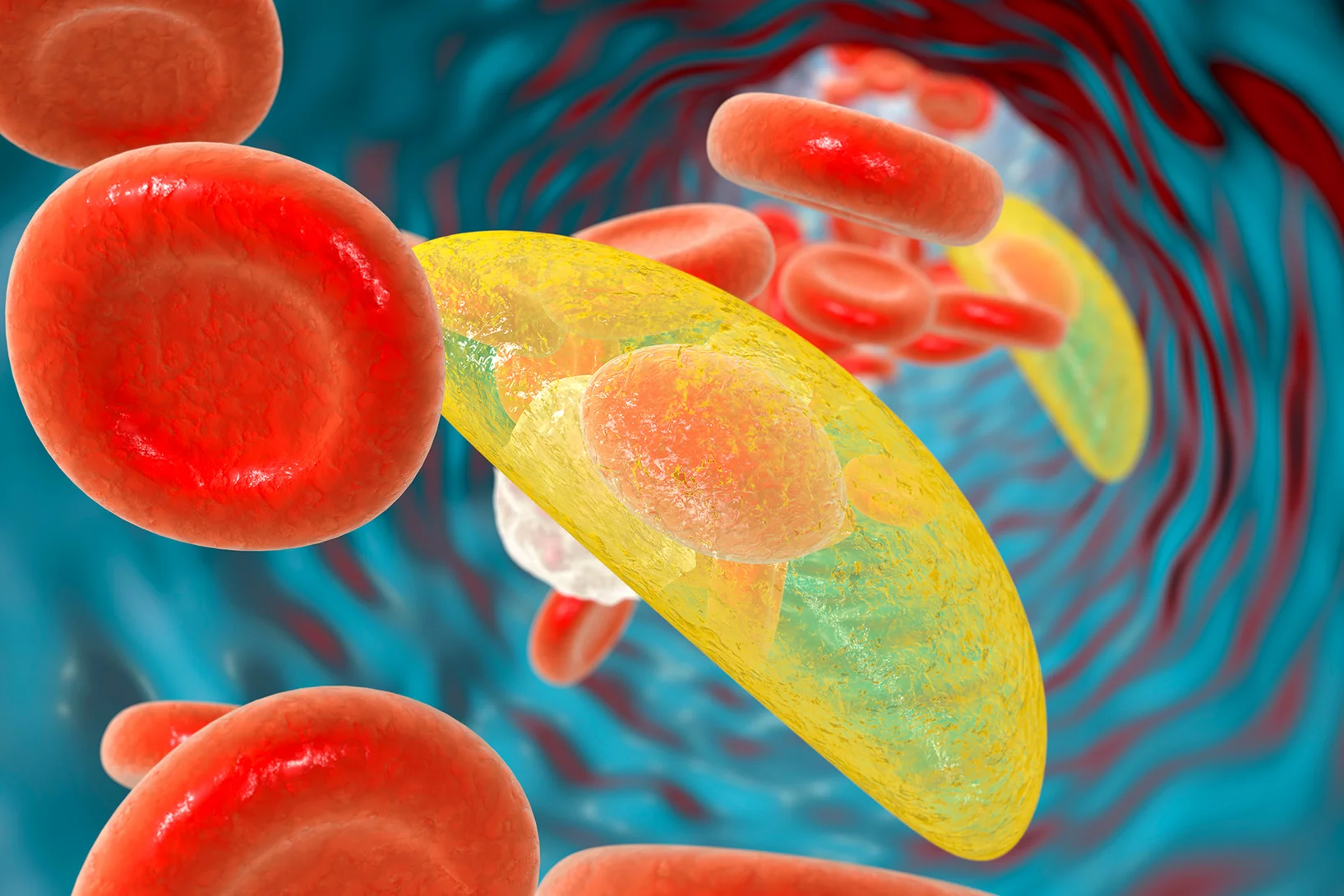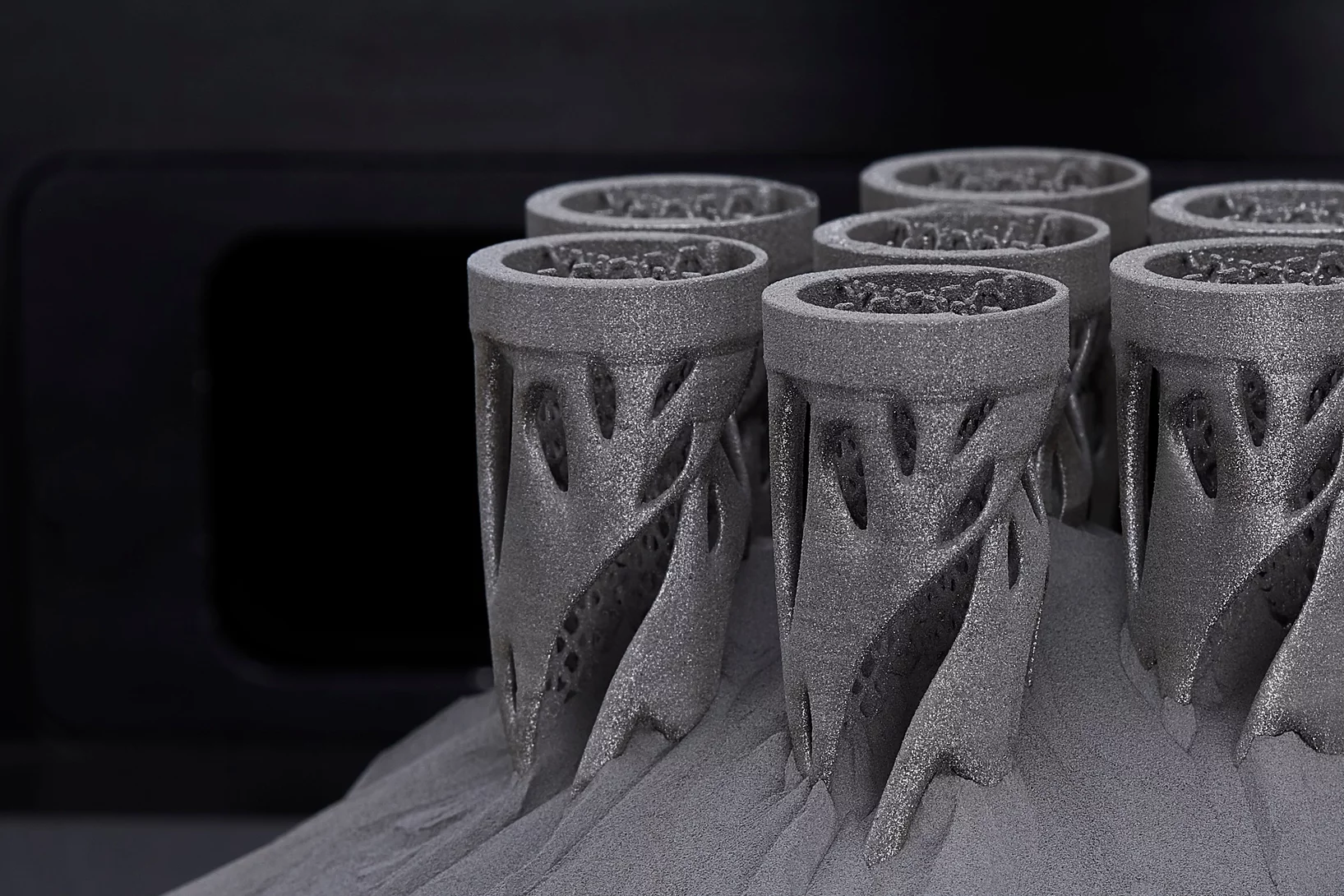Am Paul Scherrer Institut suchen Forschende nach Antworten auf die fundamentale Frage nach den Grundstrukturen der Materie und den fundamentalen Funktionsprinzipien in der Natur. Sie untersuchen Aufbau und Eigenschaften der Elementarteilchen – der kleinsten Bausteine der Materie – oder gehen der Frage nach, wie biologische Moleküle aufgebaut sind und wie sie ihre Funktion erfüllen. Das so gewonnene Wissen öffnet neue Lösungsansätze in Wissenschaft, Medizin oder Technologie.
Mehr dazu unter Überblick Grundlagen der Natur
Spannender Artikel publiziert: Mehr Mädchen in MINT-Fächern – aber wie?
Lesen Sie den spannenden Bericht von Sciena.ch darüber, was der ETH-Bereich tut, um den Frauenanteil in MINT-Fächern zu steigern und besonders junge Mädchen für diese Berufe zu motivieren.
New Confocal Microscope Keyence VK-X3100
Keyence VK-X3100 is a non-contact 3D surface profiler. It enables capturing images and performing the profile, roughness and film thickness analysis. The measurement head is equipped with semiconductor laser with the wave length of 404 nm and white LED. To reach the best performance, it uses laser confocal scanning, focus variation, adn while light interferometry measurement methods. The motorized sample stage allows for automatic inspection of up to 200mm wafers.
LeLa 2021 am PSI "100 Lernende waren im Einsatz"
Vom 19. Oktober – 03. November 2021 fand das LeLa 2021 am PSI statt. An 10 Arbeitstagen wurden ver-schiedene Arbeiten am PSI und in den Gemeinden Würenlingen und Villigen von den Lernenden durchgeführt.
Discovery of new chemistry on aerosol surfaces
In a study published in Science, ambient-pressure X-ray photoelectron spectroscopy reveals spontaneous redox chemistry at solvating particle surfaces.
Premiere: Protonentherapie gegen Lungenkrebs
Am 9. November 2021 wurde am Paul Scherrer Institut PSI erstmals in der Schweiz eine Lungenkrebs-Patientin mit Protonen bestrahlt.
What you see is what you get: Automated particle detection without the false positives
A new algorithm by PSI researchers enables fast and reliable detection of spherical objects in images with a complex background.
PUBLISHED IN SCIENCE: A surface-promoted redox reaction occurs spontaneously on solvating inorganic aerosol surfaces
Ammonium sulfate has been used as a probe for aerosol particles and investigated in situ by means of ambient pressure X-ray photoelectron spectroscopy. Unexpectedly, when the particles start to absorb water, a spontaneous redox reaction leading to nitrogen and elemental sulfur takes place.
Neurodegenerative disease studied by cryogenic X-ray nanotomography
Hard X-ray cryo-tomography scanning of retina from healthy and inherited blindness specimen paves the way for correlative analysis after imaging at the cSAXS beamline.
Vastly Different Morphologies Dependent on the Growth Temperature
Lithium fluoride is an important material which is technologically exploited in spintronics and organic light emitting devices. It turns out that there is a vast difference between the morphologies of ultrathin lithium fluoride grown on the (100) facet of a silver single crystal. At room temperature dendrites are obtained while at elevated temperature lithium fluoride forms square islands. The system is an interesting model to study the crossover between diffusion limited aggregates and island growth.
Kohlendioxid kann zur wertvollen Ressource werden
Neue Studie lotet Verfahren für die effiziente Nutzung des Abgases aus.
Diamond gratings for XFEL amplitude-splitting delay line
A split-and-delay line for XFEL pulses has been built and successfully tested by a team of researchers at the Linac Coherent Light Source. Key X-ray optical elements are two diamond diffraction gratings made at the Paul Scherrer Institut that are used to split and later recombine the intense ultrashort X-ray laser pulses for time-resolved measurements.
Ioannis Paraskevas successfully defends his Ph.D. thesis on Mu3e commissioning
Ioannis Paraskevas commissioned the solenoid magnet and Mu3e beamline, developing simulations and carrying out measurements prior to the first Mu3e integration run. He also performed a study of fake tracks in simulation. He successfully defended his thesis during a virtual viva at University College London. Congratulations!
PSI und ANAXAM am diesjährigen Swiss Innovation Forum!
Eine grundlegende Basis für Erfolg in dieser speziellen Zeit ist Innovation, welche massgeblich durch Austausch und Inspiration vorangetrieben wird. Das Swiss Innovation Forum (SIF) 2021 vereint beides an einem Ort. Deshalb unterstützen wir als PSI die diesjährige Ausgabe des SIF als Partner.
Lernen Sie am 18. November 2021 im Congress Center Basel innovative Köpfe aus unterschiedlichen Branchen kennen, tauschen Sie sich aus, und kreieren Sie gemeinsam neue Visionen. Zukunftsorientierte Expertinnen und Experten entführen Sie zudem auf eine ideenreiche Reise. Abgerundet wird diese durch die FutureExpo, welche Sie zum Entdecken und Ausprobieren einlädt, sowie die 33. Verleihung des Swiss Technology Award, dem bedeutendsten Technologiepreis der Schweiz.
Das PSI ist mit dabei – besuchen Sie uns an unserem Stand in der FutureExpo und erfahren Sie mehr darüber, wie das Technologietransferzentrum ANAXAM mit modernster Materialanalytik sowohl Industrie als auch KMU darin unterstützt, Produktionsverfahren und Prozesse zu optimieren und somit die Basis für Innovationen zu schaffen.
Detaillierte Informationen und Anmeldung zur Konferenz unter www.swiss-innovation.com
Coexistence of structural and magnetic phases in van der Waals magnet CrI3
CrI3 has raised as an important system to the emergent field of two-dimensional van der Waals magnetic materials. However, it is still unclear why CrI3 which has a ferromagnetic rhombohedral structure in bulk, changed to anti-ferromagnetic monoclinic at thin layers. Here we show that this behaviour is due to the coexistence of both monoclinic and rhombohedral crystal phases followed by three magnetic transitions at TC1 = 61 K, TC2 = 50 K and TC3 = 25 K.
«Wir können den Klimawandel nun regional betrachten»
Margit Schwikowski ist Leiterin des Labors für Umweltchemie am PSI. Im Interview erklärt sie, was Aerosole mit dem Klimawandel zu tun haben.
Besuch der ILMAC 2021
Kurzer Elebnisbericht eines Laboranten Chemie vom Besuch an der Chemiemesse ILMAC in Basel am 20. Oktober 2021.
Take a deep breath. But how clean was the air?
The EU project, RI-URBANS, aims to improve air quality monitoring across Europe
Overview of SwissFEL dual-photocathode laser capabilities and perspectives for exotic FEL modes
SwissFEL is a compact, high-brilliance, soft and hard X-ray Free Electron Laser (FEL) facility laser composed of two parallel beam lines seeded by a common linear accelerator (LINAC), and a two-bunch photo-injector. For the injector, an innovative dual-photocathode laser scheme has been developed based on state-of-the-art Ytterbium femtosecond laser systems. We just published an overview of the the SwissFEL Photo Cathode Drive Lasers (PCDL) performance, pulse shaping capabilities as well as the versatility of the systems, which allow many different modes of operation of SwissFEL [1]. The full control over the SwissFEL electron bunch properties via the unique architecture of the PCDL will enable in the future the advent of more advanced FEL modes; these modes are, but not restricted to, the generation of single or trains of sub-fs FEL pulses, multi-color FEL and finally the generation of fully coherent X-ray pulses via laser-based seeding.
Glycation of collagen: Quantifying rates
Collagen is abundant in the connective tissue of human beings, e.g. in tendons, ligament and cornea. Glycation of collagen distorts its structure, renders the extracellular matrix stiff and brittle and at the same time lowers the degradation susceptibility thereby preventing renewal. Based on models and with parameters determined from experimental data, we describe the glycation of type 1 collagen in bovine pericardium derived bio-tissues upon incubation in glucose and ribose. We hope that this contributes to a better quantitative understanding of the effects of diabetes on collagen.
Aus Biomasse das Maximum an Energie herausholen
Forschende des PSI starten den Betrieb einer revolutionären Pilotanlage zur Produktion von synthetischem Biogas.
Proteine auf Abstand
Mit einem Proteinfusionsverfahren, bei dem ein modularer Linker verwendet wird, ist es PSI-Forschenden gelungen, zwei nicht miteinander verbundene Proteindomänen in einem bestimmten Abstand und in einer bestimmten Ausrichtung miteinander zu verbinden. Diese Technologie könnte Anwendungen z.B. in der Impfstoffentwicklung ermöglichen oder die Kristallisation von Proteinen für die Arzneimittelentwicklung erleichtern. Darüber hinaus hat der Linker das Potenzial, als Bestandteil von Nanomaterialien auf Proteinbasis eingesetzt zu werden. Wenn Sie mehr über diese aufregende Technologie erfahren möchten, wenden Sie sich gern an uns.
https://www.psi.ch/de/media/forschung/proteine-auf-abstand
Einmalig und ungewöhnlich
Ein Interview mit Mike Seidel, dem Leiter des Fachbereichs Grossforschungsanlagen.
Magnetic Bistability at a Record High Temperature in a Sub-Monolayer of Endohedral Fullerenes
A team of the Leibniz Institute for Solid State Research (IFW) from Dresden, Germany, led by Dr Alexey Popov has now demonstrated a record blocking temperature of 28 Kelvin at which the magnetic bistability still survives in a submonolayer of a chemically functionalized species of endofullerenes. In this research, X-ray magnetic circular dichroism measurements at low temperatures and high magnetic field at the X-Treme beam line are crucial. The results pave the way toward using such single-molecule magnets as information carriers or magnetic bits.
Presentation Prize 2021 (Doktorandentag, Institute of Pharmaceutical Sciences, ETH Zurich)
Luisa Deberle, PhD student in the “Nuclide Chemistry Group” received the price for the best oral presentation
Successful Ambizione Grant Applicant
Kaspar Dällenbach, Scientist at the Laboratory of Atmospheric Chemistry (LAC) at the Paul Scherrer Institute (PSI) was granted the Ambizione Grant 2020 with his project “Particulate air pollution sources in low-income megacities (PRESSING)”.
EANM Marie-Curie Award 2021 went to VIVIANE TSCHAN
Viviane Tschan received this year’s Marie-Curie Award for a new concept of radioligand therapy of prostate cancer.
Anlass "Nano & Industrie 2021: Anwendungen in der Photonik"
Der Anlass wird durch das Hightech Zentrum Aargau organisiert und richtet sich an Entwickler, Hersteller und Anbieter von Photonik- und Optik-Komponenten sowie Interessierte, die mehr über die neuesten Möglichkeiten photonischer Komponenten und deren Einsatz erfahren wollen. Die Teilnehmenden erhalten einen Überblick darüber, wie Photonik-Systeme und -Komponenten für technologische Innovationen und neue Produkte nutzbar gemacht werden können. Referenten aus Industrie und angewandter Forschung zeigen Trends und erläutern, wie die Kombination mit anderen Technologien funktioniert und welche Netzwerke in der Entwicklung eine Rolle spielen.
Die Agenda und sowie das Anmeldeformular sind unter folgendem Link zu finden:
www.nano.swiss/photonik
Ort: Hightech Zentrum Aargau AG, Badenerstrasse 13, 5200 Brugg
Kosten: Die Teilnahme ist kostenlos, eine Anmeldung jedoch erforderlich (Teilnehmerzahl begrenzt).
Ultraschnelle Kontrolle von Quantenmaterialien
Mit Licht die Eigenschaften von Festkörpern grundlegend verändern
Neuer Wirkstoff gegen Parasiten
PSI-Forschende identifizieren möglichen Wirkstoff gegen gleich mehrere einzellige Parasiten – darunter die Erreger der Malaria sowie der Toxoplasmose.
Technology Briefing: Advanced Manufacturing
Donnerstag, 25. November 2021, 13.30 –18.00 Uhr
Paul Scherrer Institut, 5232 Villigen PSI, Auditorium (PSI West)
Programm und Online-Anmeldung: https://indico.psi.ch/event/Anmeldung
Das «Technology Briefing» hat zum Ziel, Industrie und KMU über aktuelle praxisrelevante Fragestellungen im Bereich Advanced Manufacturing zu informieren. Darüber hinaus ermöglicht die Veranstaltung den direkten Erfahrungsaustausch mit ExpertInnen von CSEM, Empa, PSI, Hightech Zentrum, ANAXAM, sowie aus der Industrie.

